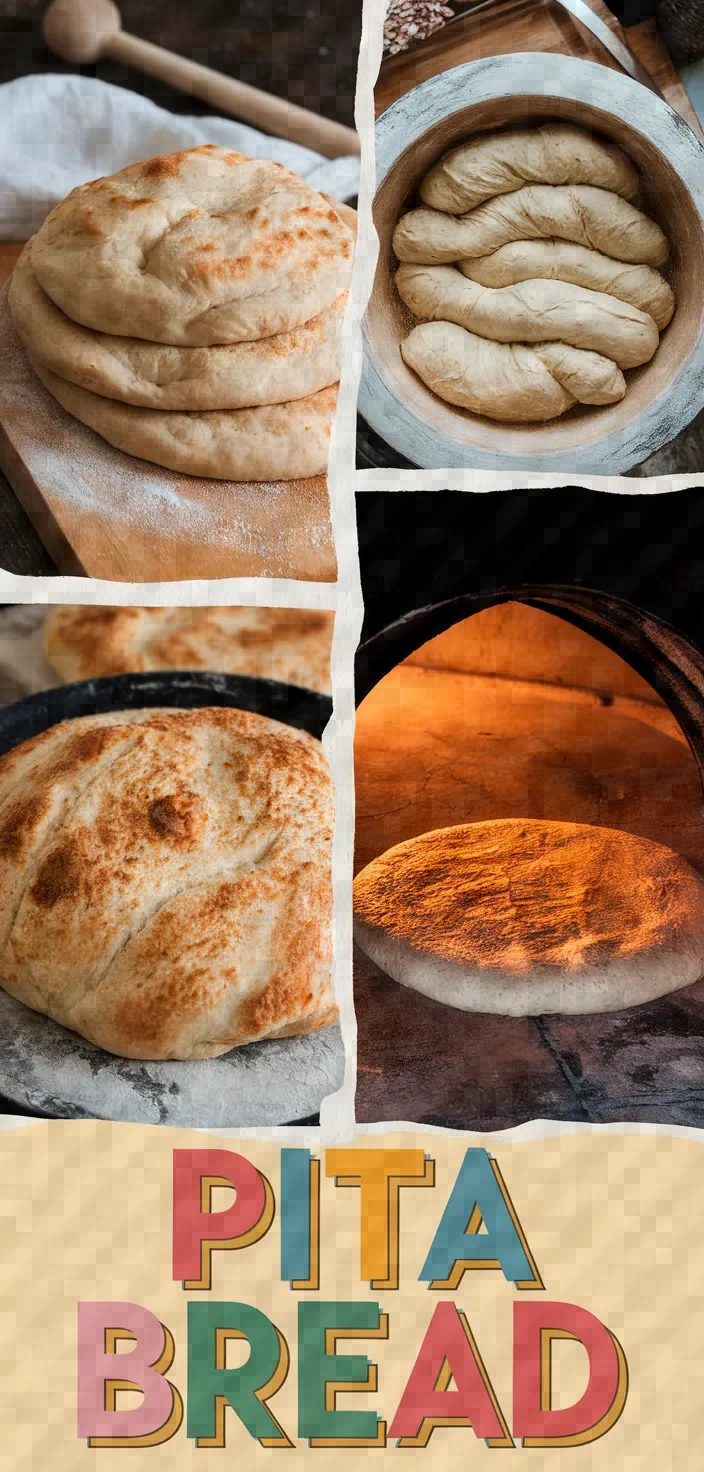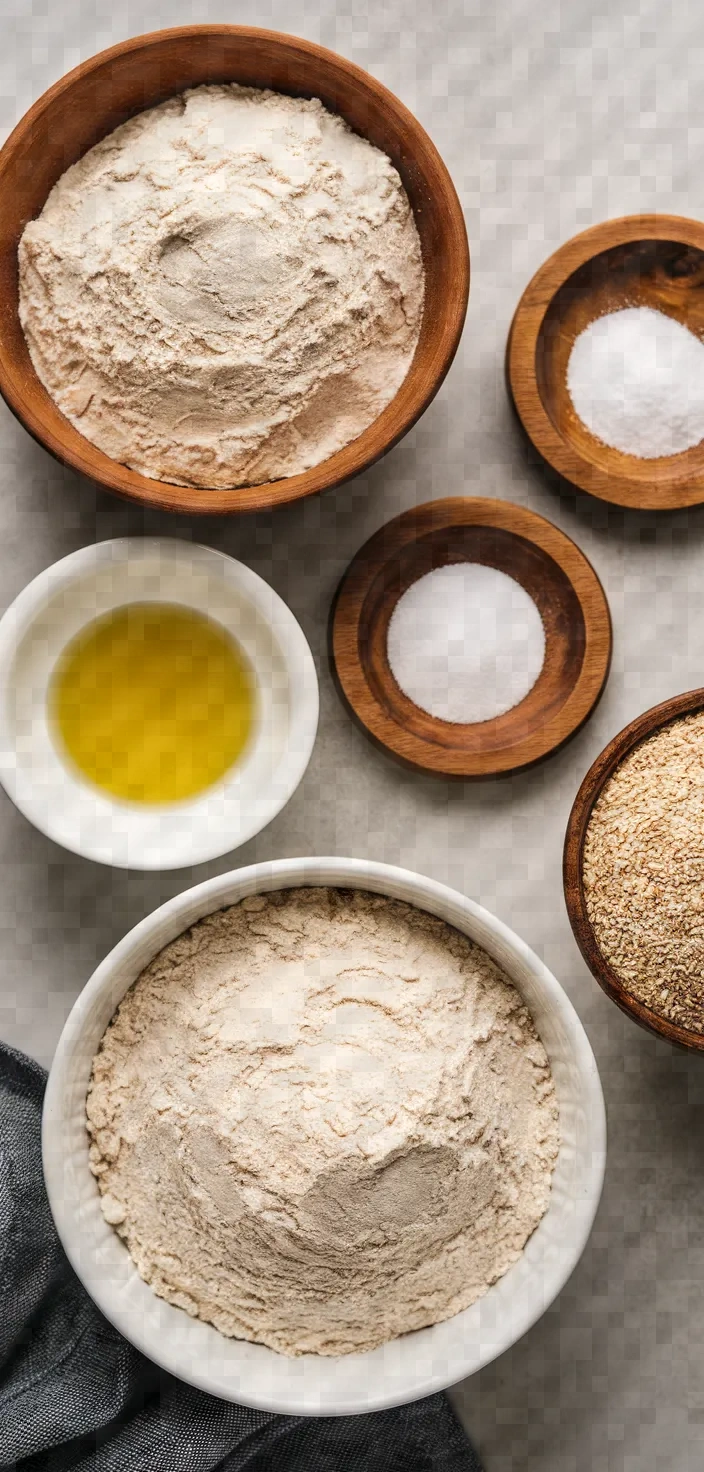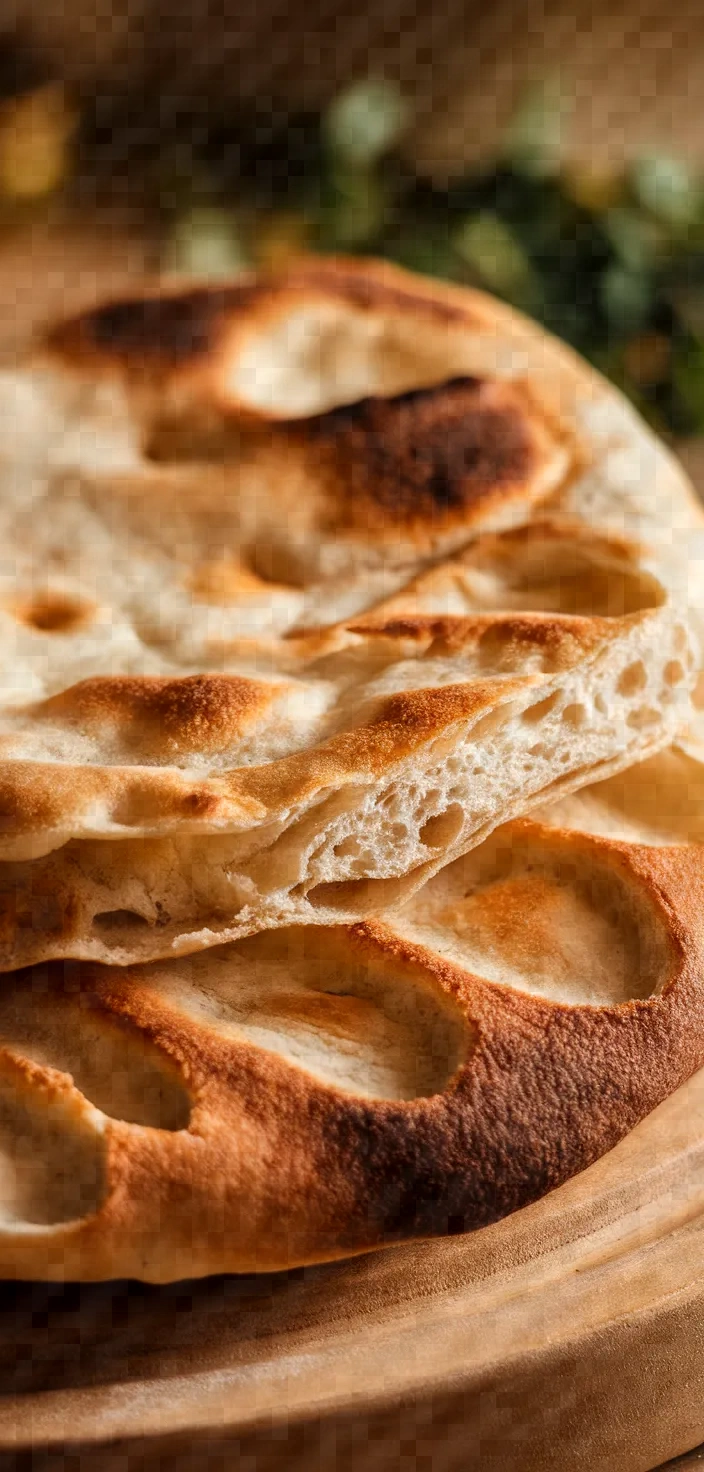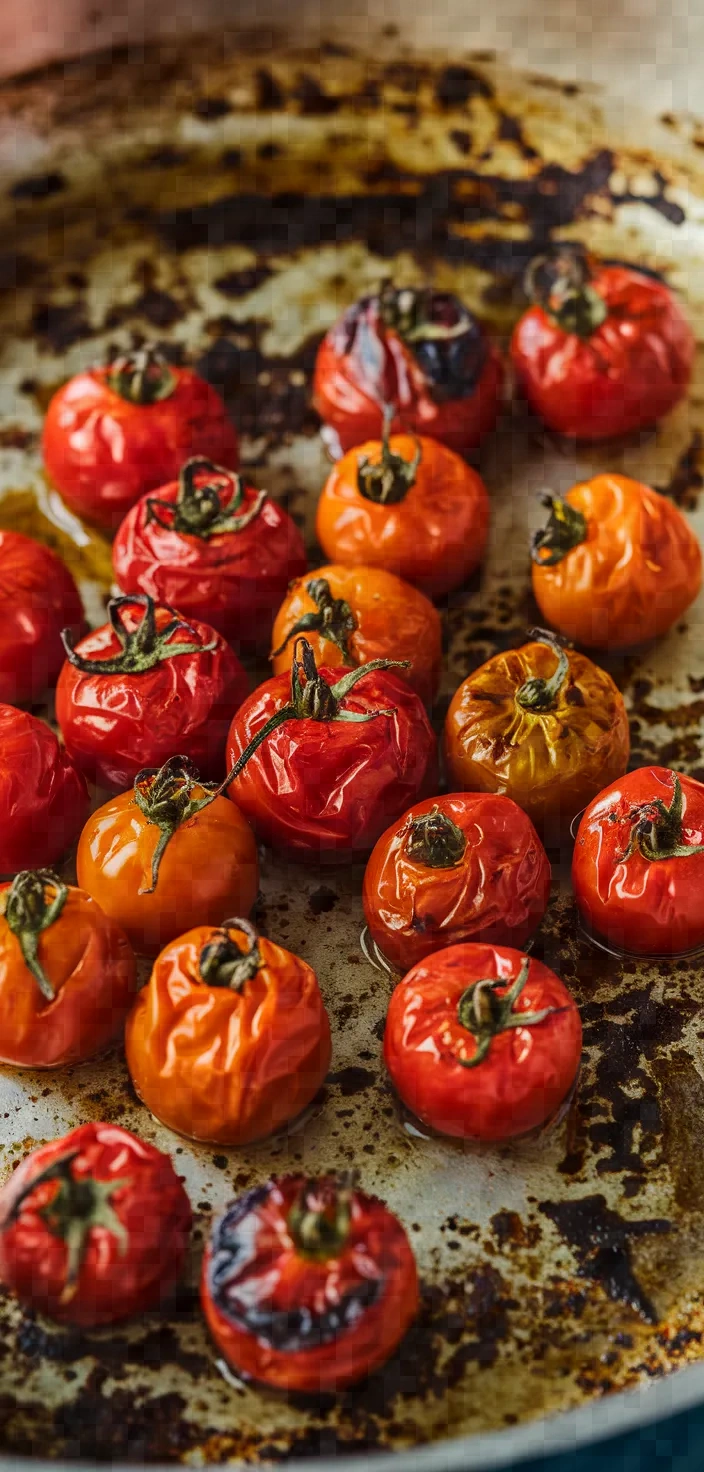Ever wondered how a simple ball of dough can transform into a golden, pillowy bread miracle right in your own kitchen? Let’s dive into this irresistible homemade pita adventure together!

I adore preparing steaming pita bread at home, using a mixture of plain and whole wheat flour. Active dry yeast guarantees a reliable rise, warm water a beautiful activation, and—a hint of sugar—perfect flavor for the yeast.
A splash of olive oil adds richness and good mouthfeel without dominating the bread’s natural flavor.
Pita Bread Recipe Ingredients

- All-purpose flour: Provides structure; high in carbohydrates; versatile base.
- Whole wheat flour: Adds fiber and nutrients; contributes to hearty texture.
- Active dry yeast: Leavening agent; helps dough rise; creates airy texture.
- Olive oil: Adds richness; healthy fats; enhances flavor profile.
- Salt: Enhances flavor; balances sweetness; essential for taste.
Pita Bread Recipe Ingredient Quantities
- 2 cups all-purpose flour
- 1 cup whole wheat flour
- 2 1/4 teaspoons active dry yeast
- 1 1/4 cups warm water (about 110°F)
- 1 tablespoon olive oil
- 1 teaspoon salt
- 1 teaspoon sugar
How to Make this Pita Bread Recipe
1. In a small bowl, mix the warm water, sugar, and yeast together. Stir nicely and let it sit for about 5-10 minutes. It should become frothy.
2. In a big mixing bowl, mix together the flour, whole wheat flour, and salt.
3. In the middle of the flour mixture, make a well and then put in the mixture of yeast and the olive oil.
4. Combine the ingredients in a bowl. Stir until the mixture forms a dough. Then transfer it to a floured surface and knead it for six to eight minutes until smooth and elastic.
5. Put the dough in a lightly oiled bowl, turning to coat all sides. Cover with a damp cloth and let rise in a warm place for 1-2 hours or until doubled in size.
6. Heat the oven to 475°F (245°C) and put in a baking sheet or stone to heat.
7. Deflate the dough and cut it into 8 equal portions. Shape each portion into a ball. Then, using a rolling pin, flatten each ball into an even circle about 1/4 inch thick—roughly 6 inches in diameter.
8. Each rolled-out piece of dough should be placed onto a parchment paper and covered with a damp cloth to prevent it from drying out.
9. If needed, work in batches to move the dough circles that are on the parchment paper to either the preheated baking sheet or the baking stone.
10. Bake for 5 to 7 minutes or until they puff up and are golden brown. Remove from the oven and cover with a clean cloth to soften while they’re cooling.
Pita Bread Recipe Equipment Needed
1. Small bowl
2. Large mixing bowl
3. Measuring cups
4. Measuring spoons
5. Wooden spoon or spatula
6. Clean kitchen towel or damp cloth
7. Rolling pin
8. Baking sheet or baking stone
9. Parchment paper
10. Oven
11. Knife or dough scraper
FAQ
- Q: Can I use only all-purpose flour instead of a mix?Yes, you can use all-purpose flour for the entire recipe; however, the texture may be less hearty without the whole wheat flour.
- Q: What is the purpose of sugar in the recipe?A: The yeast is activated by the sugar, which provides it with food that causes it to multiply rapidly. As the yeast cells multiply, they give off carbon dioxide gas that makes the bread rise.
- Q: Can I freeze the pita bread?A: Yes, after cooling completely, pita bread may be placed in the freezer in airtight bags for as long as 3 months. To serve, thaw at room temperature or warm in the oven.
- Q: What if my pita doesn’t puff up?Ensure your oven is up to temperature and your dough is rolled to an even thickness that isn’t too thick. This ensures that a steam pocket is created.
- Q: Is olive oil necessary?A: Adding flavor and tenderness to the dough is the role of the olive oil. You can use a different oil or none at all, but then I’d recommend using an oil with a strong flavor and, if possible, a high smoke point.
- Q: How can I make sure the pita is soft?A: Do not bake too long, and put them under a freshly laundered towel right after cooking to keep them from drying out.
Pita Bread Recipe Substitutions and Variations
You can use all-purpose flour, or for a slight change in texture, use bread flour. If you’re after a gluten-free version, then use a gluten-free flour blend.
Whole wheat flour: Swap it out for spelt flour or use more all-purpose flour for a lighter texture.
Dry yeast: You can use instant yeast instead. Use the same amount, but there’s no need to dissolve it in water first.
Canola oil or melted coconut oil can be used in place of olive oil. The oils will give a different flavor profile to whatever dish you are using them in.
Use sea salt or kosher salt for a subtly different taste.
Pro Tips
1. Activate Yeast Successfully: Ensure the water temperature is precisely between 105°F to 110°F to activate the yeast properly. If it’s too hot or too cold, the yeast might not foam correctly, affecting the dough’s rise.
2. Kneading Technique: When kneading, use the heel of your hand to push the dough away from you, then fold it back over itself. Rotate and repeat. Proper kneading develops gluten, giving the bread structure and chewiness.
3. Optimal Rising Conditions: To help the dough rise effectively, place it in a warm, draft-free environment. A good trick is to place the covered bowl in an oven with just the light turned on.
4. Baking with Steam: To achieve a nice crust on the bread, place a small oven-safe dish with water on the bottom rack of the oven while preheating. The steam will help create a beautiful texture.
5. Handling Puffed Bread: Once baked, immediately cover the bread with a clean, slightly damp cloth. This keeps the bread soft and prevents the crust from becoming too hard as it cools.

Pita Bread Recipe
My favorite Pita Bread Recipe
Equipment Needed:
1. Small bowl
2. Large mixing bowl
3. Measuring cups
4. Measuring spoons
5. Wooden spoon or spatula
6. Clean kitchen towel or damp cloth
7. Rolling pin
8. Baking sheet or baking stone
9. Parchment paper
10. Oven
11. Knife or dough scraper
Ingredients:
- 2 cups all-purpose flour
- 1 cup whole wheat flour
- 2 1/4 teaspoons active dry yeast
- 1 1/4 cups warm water (about 110°F)
- 1 tablespoon olive oil
- 1 teaspoon salt
- 1 teaspoon sugar
Instructions:
1. In a small bowl, mix the warm water, sugar, and yeast together. Stir nicely and let it sit for about 5-10 minutes. It should become frothy.
2. In a big mixing bowl, mix together the flour, whole wheat flour, and salt.
3. In the middle of the flour mixture, make a well and then put in the mixture of yeast and the olive oil.
4. Combine the ingredients in a bowl. Stir until the mixture forms a dough. Then transfer it to a floured surface and knead it for six to eight minutes until smooth and elastic.
5. Put the dough in a lightly oiled bowl, turning to coat all sides. Cover with a damp cloth and let rise in a warm place for 1-2 hours or until doubled in size.
6. Heat the oven to 475°F (245°C) and put in a baking sheet or stone to heat.
7. Deflate the dough and cut it into 8 equal portions. Shape each portion into a ball. Then, using a rolling pin, flatten each ball into an even circle about 1/4 inch thick—roughly 6 inches in diameter.
8. Each rolled-out piece of dough should be placed onto a parchment paper and covered with a damp cloth to prevent it from drying out.
9. If needed, work in batches to move the dough circles that are on the parchment paper to either the preheated baking sheet or the baking stone.
10. Bake for 5 to 7 minutes or until they puff up and are golden brown. Remove from the oven and cover with a clean cloth to soften while they’re cooling.











